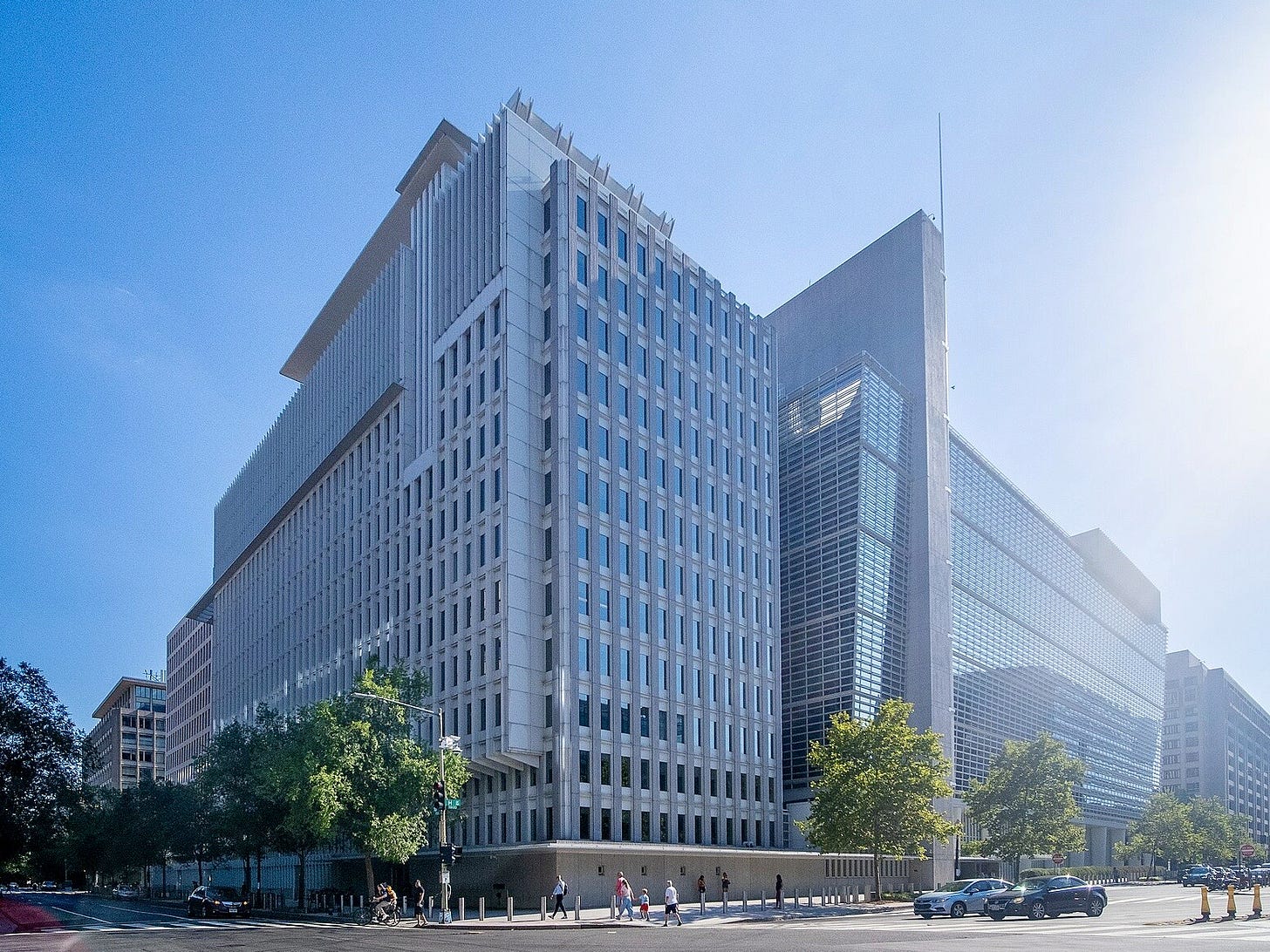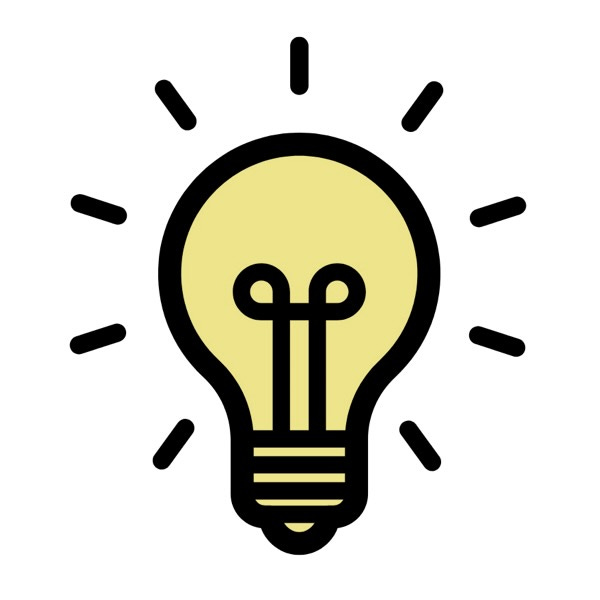Let Them Eat Solar Panels (And Efficiency)
Carbon colonialists run the World Bank. Why is the US giving it billions of dollars?

In 2013, the World Bank declared it would stop funding coal projects and would only “in rare circumstances” provide financial support for new coal plants. It also said it would “scale up efforts to improve energy efficiency and increase renewable energy.” Rather than support coal projects, the bank said it would “scale up its work helping countries develop national and regional markets for natural gas, the fossil fuel with the lowest carbon intensity.” But two years later, the bank backtracked on natural gas and said it would stop all lending for oil and gas projects “except under exceptional circumstances.”
Since then, the bank, which claims its “role is to reduce poverty by lending money to the governments of its poorer members to improve their economies and to improve the standard of living of their people,” has lost its collective mind.
Rather than lending money to poor countries so they can develop more coal, oil, and natural gas projects — and, in doing so, grow their economies and improve living standards — the bank, which gets the biggest chunk of its funding from the United States, has become one of the world’s biggest carbon colonialists. As Todd Moss explained here on Substack last fall, the World Bank and other international lenders are trying to impose decarbonization policies on some of the world’s poorest countries, a tactic Moss rightly calls “obscene.”
Exhibit A in the World Bank’s parade of obscenities is its decarbonization plan for Guinea-Bissau, which the bank itself says is “one of the world’s poorest and most fragile countries.”
Let’s take a look.
Keep reading with a 7-day free trial
Subscribe to Robert Bryce to keep reading this post and get 7 days of free access to the full post archives.




